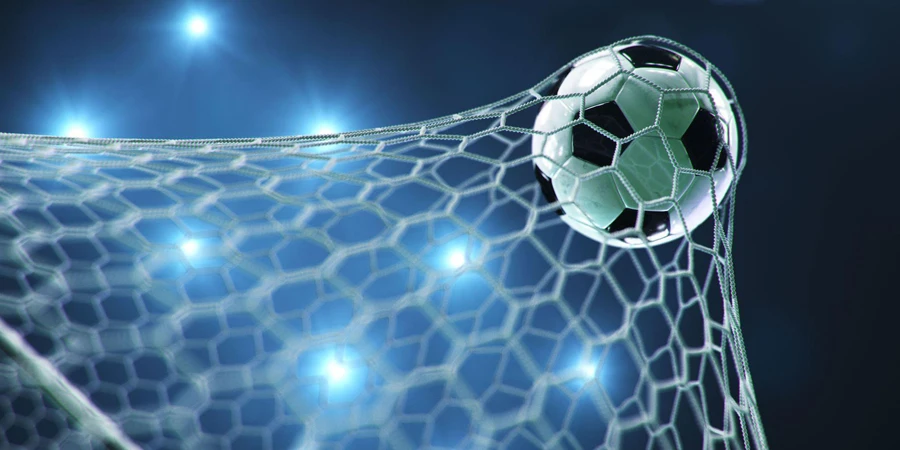Table of Contents
Introduction
Soccer Ball Market Dynamics
Selecting the Perfect Soccer Ball
Innovations and Top Choices
Conclusion
Introduction
In 2024, the realm of soccer balls is witnessing a remarkable revolution, driven by advancements in technology and design. This year, players and enthusiasts alike are spoilt for choice, with an array of balls that not only meet but exceed the highest standards of playability, durability, and innovation. As we delve into this dynamic market, we uncover the latest trends, standout models, and crucial selection criteria, setting the stage for an unprecedented soccer experience.
Soccer Ball Market Dynamics
The global soccer ball market size was valued at USD 2,313.74 million in 2022 and is projected to reach USD 3,947.79 million by 2031, growing at a compound annual growth rate (CAGR) of 9.31%. As the primary equipment in soccer, the demand for soccer balls is driven by various factors. The growing participation in youth and amateur leagues, high-profile endorsements and sponsorships, and technological advancements are key contributors.
Regionally, Europe continues to lead in the soccer balls market, thanks to its deep-rooted soccer culture and presence of key players like Adidas and Puma. The market dynamics are also influenced by the global popularity of soccer, technological innovations in ball design (such as improved aerodynamics and durability), and the rise of e-commerce platforms that have expanded consumer access to a wide variety of soccer balls.
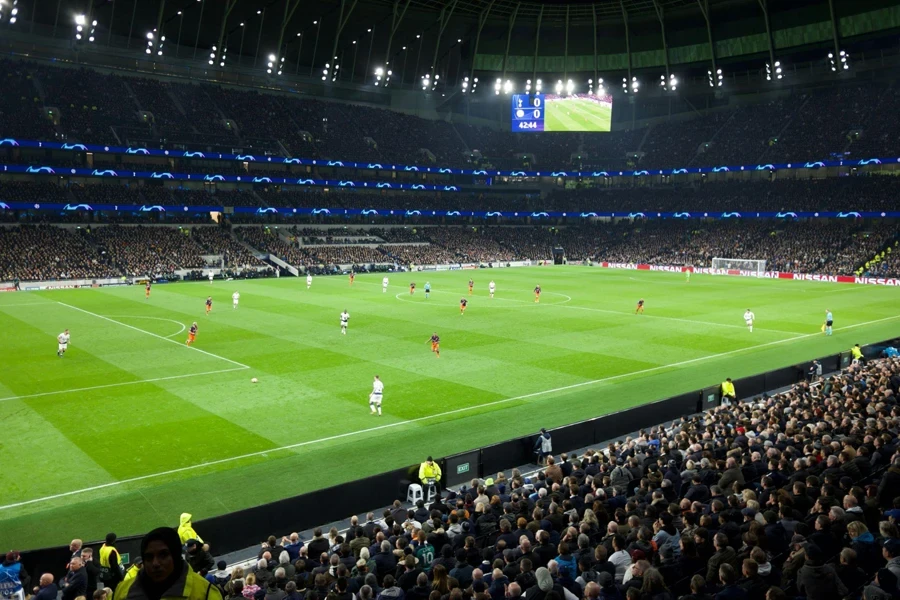
Selecting the Perfect Soccer Ball
Age-Appropriate Size & Weight
The size of the soccer ball is crucial and varies with age groups. As per guidelines from sources like Open Goaaal USA and Nike, younger players (below 8 years) should use size 3 balls, which typically weigh between 290-320 grams, whereas those aged 8-12 years are better suited to size 4 balls, weighing about 350-390 grams. Adults and players over 12 years should opt for size 5 balls, the standard for professional play, weighing between 410-450 grams. The weight of the ball also plays a significant role. Heavier balls, generally used in professional settings, offer different playing dynamics compared to lighter balls preferred in youth leagues.
Material Quality
The material of a soccer ball significantly influences its durability and in-game performance. The best soccer balls are crafted from quality materials, ensuring lightness, sturdiness, and good playability. These materials impact the ball’s accuracy, weight, and overall performance, crucial for a player’s game.
Soccer balls made from synthetic materials like Polyurethane (PU) are favored for their water resistance and durability. These materials are resilient, making them suitable for various playing conditions, whether it’s on wet, grassy fields or dry, artificial turf. In contrast, leather balls offer a superior touch and feel, providing a different kind of playability that is often preferred by players who value a more natural ball contact.
The choice of bladder material, whether latex or butyl, also plays a significant role. Latex bladders, found in professional match balls, offer a more responsive touch but require more frequent inflation, while butyl bladders provide better air retention and durability, suitable for training balls. The construction of the ball, from the outer cover to the stitching and panel design, further contributes to the ball’s aerodynamics and control.
Ball Construction
Modern soccer balls often feature fewer panels than the traditional 32-panel design. This evolution in panel design is aimed at creating a smoother surface, which aids in better aerodynamics and more controlled flight patterns. The method of stitching or bonding these panels plays a crucial role in the ball’s durability and performance. Machine-stitched panels are common in training balls, offering durability and a consistent feel. In contrast, premium match balls often use thermally-bonded or hand-stitched panels for a more responsive touch and better water resistance.
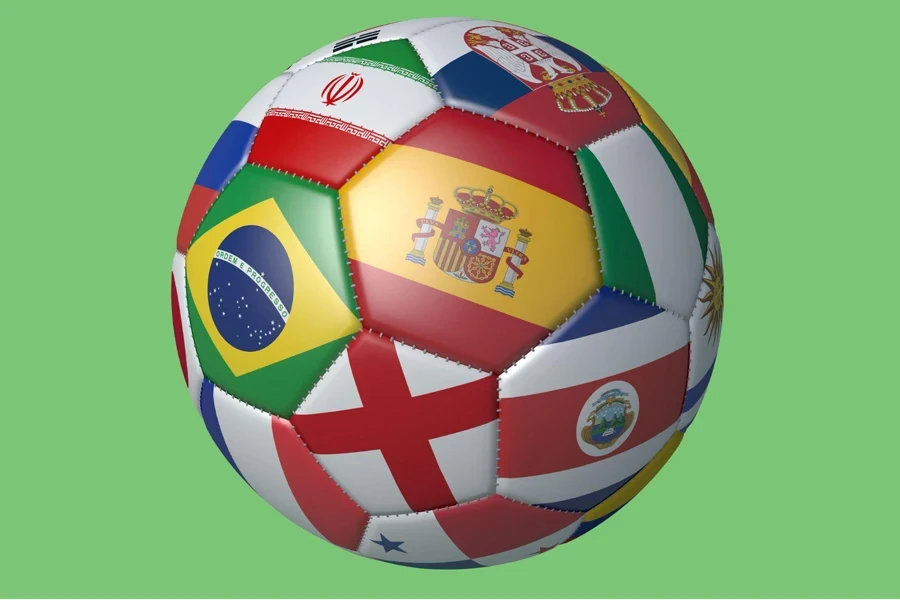
FIFA Quality Certifications
FIFA Quality Certifications for soccer balls, an essential part of the FIFA Quality Programme, are designed to help users identify football products that have been tested and certified to meet FIFA’s rigorous standards. Introduced in 1996, the FIFA Quality Programme initially certified footballs to the FIFA Approved and FIFA Inspected standards. Over the years, the FIFA Quality marks have evolved, leading to the current system of three distinct certification levels: FIFA Basic, FIFA Quality, and FIFA Quality Pro.
FIFA Basic:
- Launched in October 2020 as part of FIFA’s vision to democratize football and make it globally accessible, the FIFA Basic mark replaced the International Match Standard (IMS) mark. This certification level focuses on identifying cost-efficient products that fulfill basic performance, accuracy, safety, and durability criteria, making them suitable for use at all levels of the game.
FIFA Quality:
- The FIFA Quality mark emphasizes the durability and safety of products more than the Basic standard. It tests basic performance and accuracy criteria but primarily ensures the product’s capability for extensive use. Products with this certification are suitable for lower professional leagues or amateur levels and offer a balance of quality performance and durability.
FIFA Quality Pro:
- Representing the highest standard in the FIFA Quality Programme, the FIFA Quality Pro mark is reserved for products designed for optimal performance at the highest levels of the game. The emphasis of this certification is on first-class performance, accuracy, and safety, ensuring that products meet the demanding requirements of professional play.
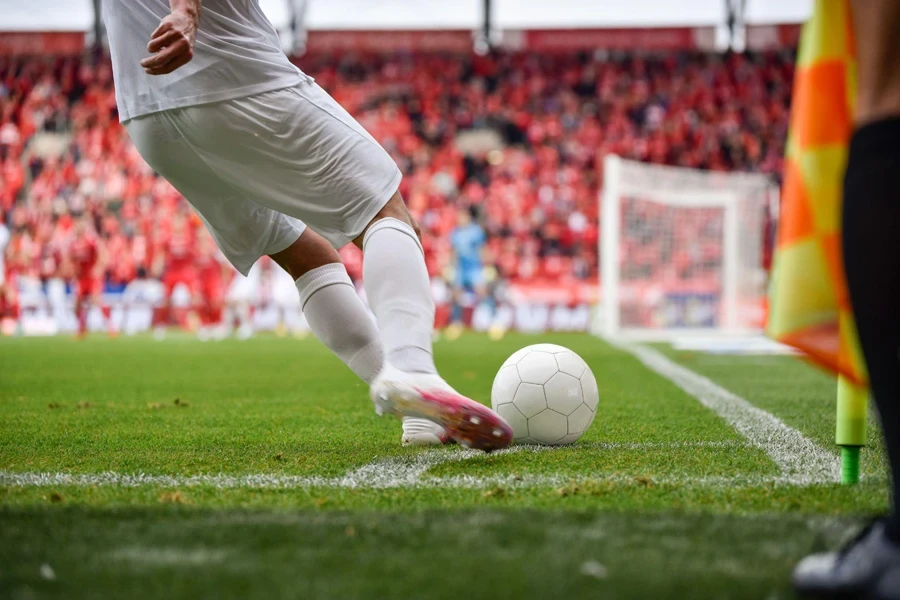
Innovations and Top Choices
Nike Strike – Best Overall Soccer Ball
The Nike Strike, renowned for its similarity to the official Premier League ball, offers an unbeatable combination of quality and affordability. It’s designed for superior performance on both real and artificial grass, with a butyl bladder that enhances shape retention. Its machine-stitched, soft foam panels ensure the ball remains rugged yet responsive. The aerodynamic grooves in the ball guarantee a reliable flight path, making it a favorite for players who value precision and control.
Wilson Traditional Soccer Ball – Best Budget Soccer Ball
Embodying a classic soccer aesthetic, the Wilson Traditional Soccer Ball is a versatile option for various playing surfaces. Its synthetic leather cover and machine-sewn construction provide impressive durability and ball control, making it a solid choice for those on a budget. The retro black and white design appeals to players who prefer a traditional look, and the butyl bladder ensures excellent shape retention for consistent play.
Select Numero 10 – Best Premium Soccer Ball
The Select Numero 10 emerges as a top-tier choice, especially for grass play. Its hand-stitched panels and latex bladder combination offer exceptional bounce and control, with a soft feel that appeals to professional players. This ball’s structure is tailored for enhanced aerodynamics, ensuring a predictable and responsive flight path. Its durability and performance make it a worthy investment for players seeking a high-quality match ball.
Senda Rio Premium – Best for Hard Surfaces
Designed with futsal and hard surface play in mind, the Senda Rio Premium stands out for its low bounce and durable cover. It boasts a reinforced bladder for optimal air retention, essential for hard court play. The robust machine-stitched surface is ideal for the rigors of futsal, providing durability and consistent performance. This ball is perfect for players who engage in indoor or hard-surface soccer, where precision and ball control are paramount.
Adidas Capitano – Trendy Design and Versatility
The Adidas Capitano combines aesthetic appeal with functional design. Available in a variety of modern, eye-catching designs, it caters to players who value style as much as performance. Its TPU surface finish ensures softness for better control, while the butyl bladder aids in maintaining the ball’s shape. The machine-stitched construction enhances its durability, making it suitable for grass play. This ball is an excellent choice for those who seek a blend of trendy design and reliable performance.
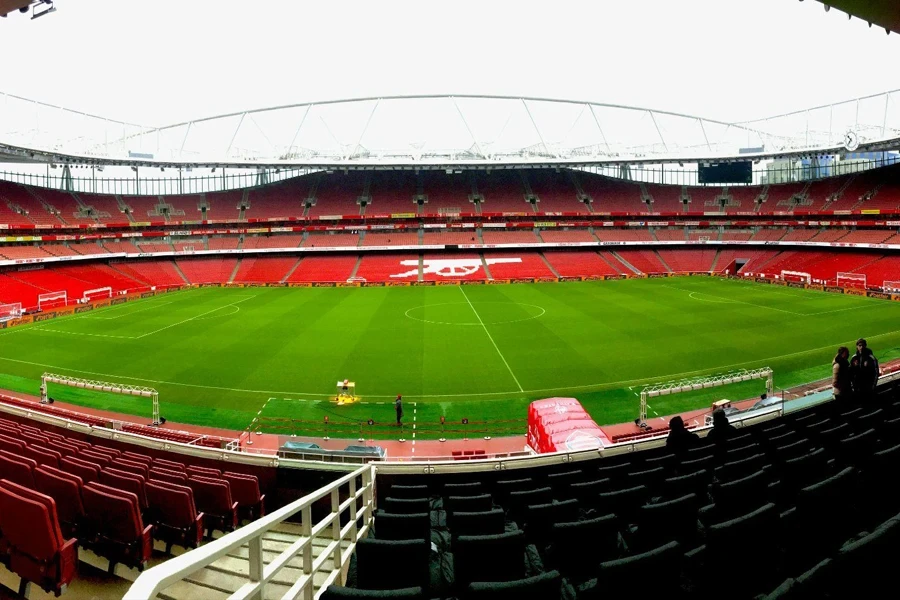
Conclusion
It’s evident that the industry has reached new heights in innovation and quality in 2024. The advancements in materials, construction, and FIFA certifications have culminated in a range of soccer balls that cater to every level of play, from amateur leagues to professional pitches. These developments not only enhance the performance and durability of the balls but also ensure that players at all levels have access to equipment that meets their specific needs and playing conditions. The evolution of soccer balls reflects a commitment to excellence and a deep understanding of the sport’s demands, promising an enriched and more dynamic soccer experience for players around the globe.
